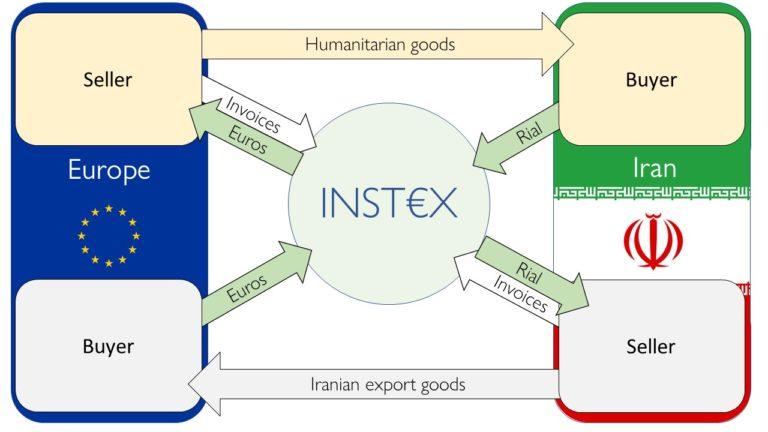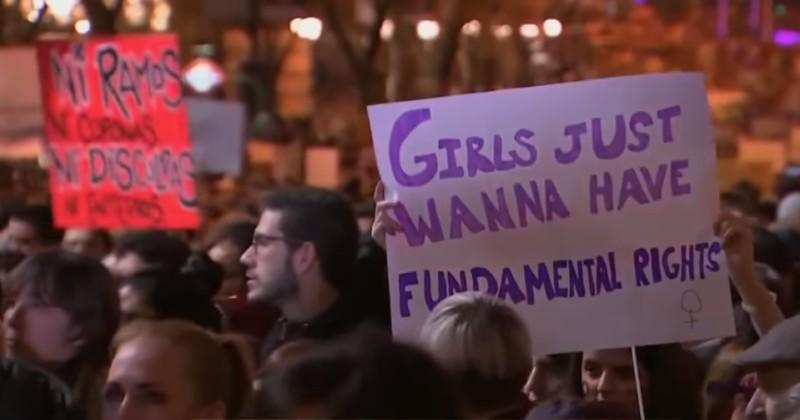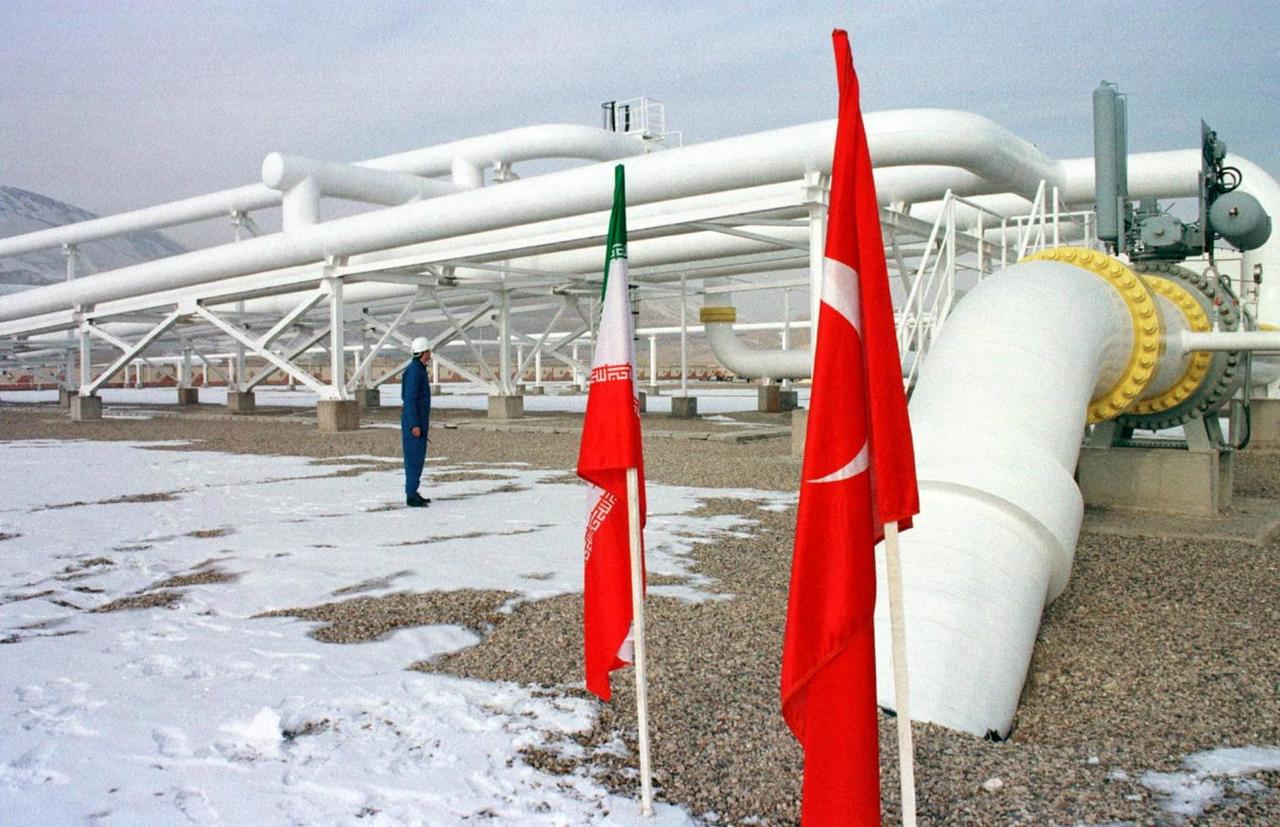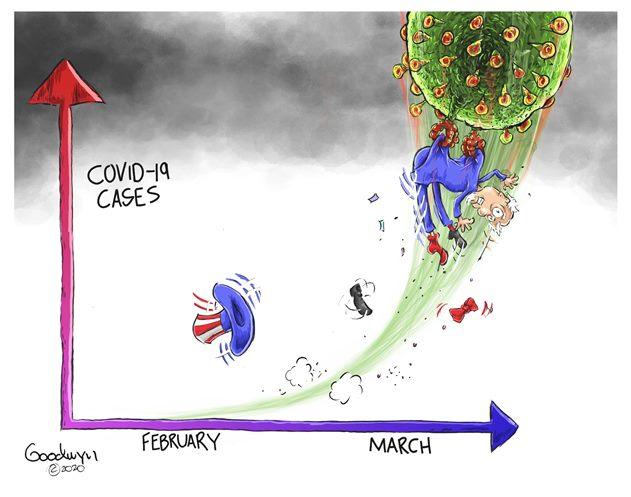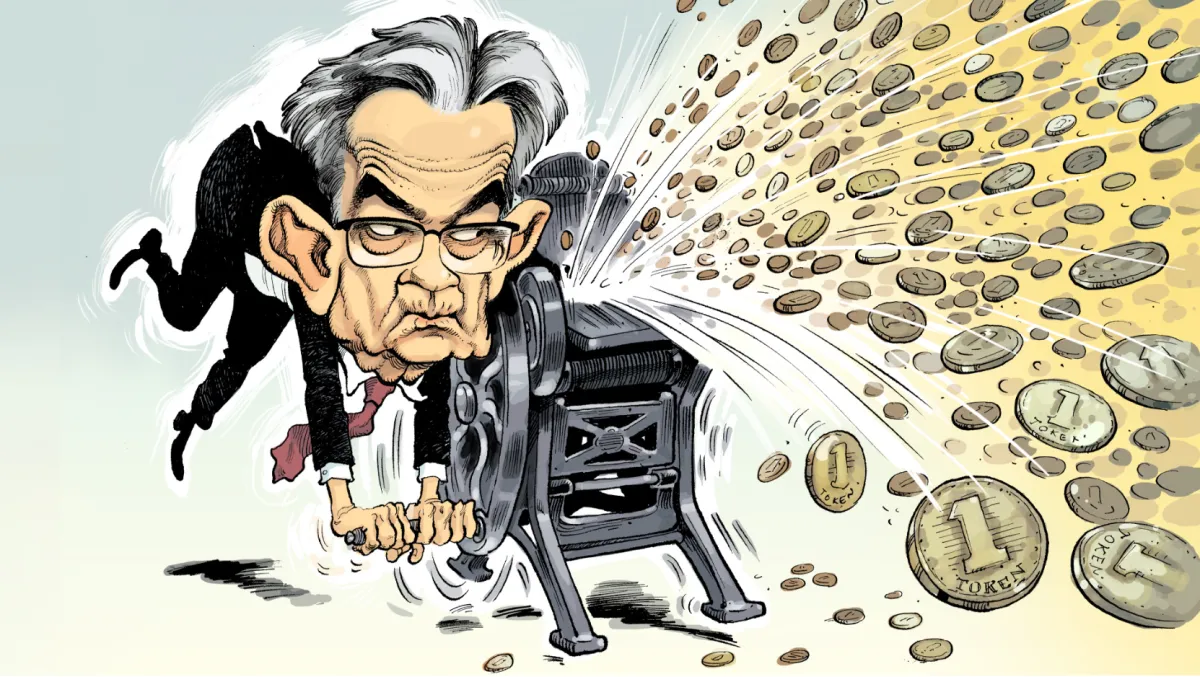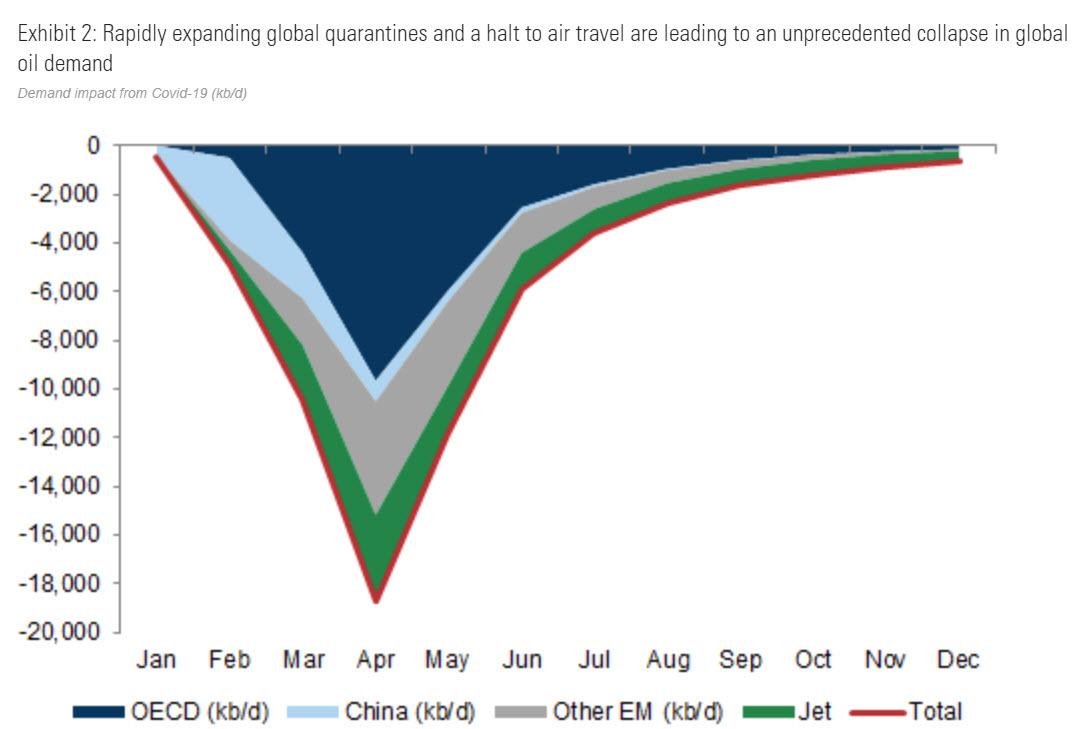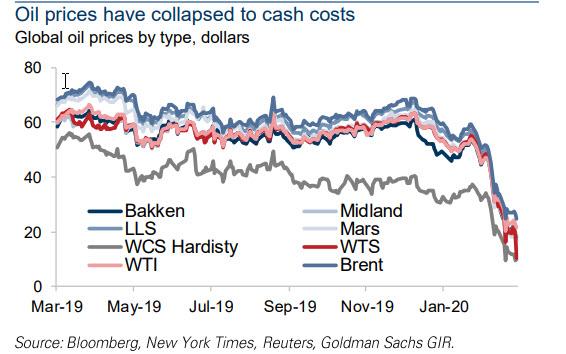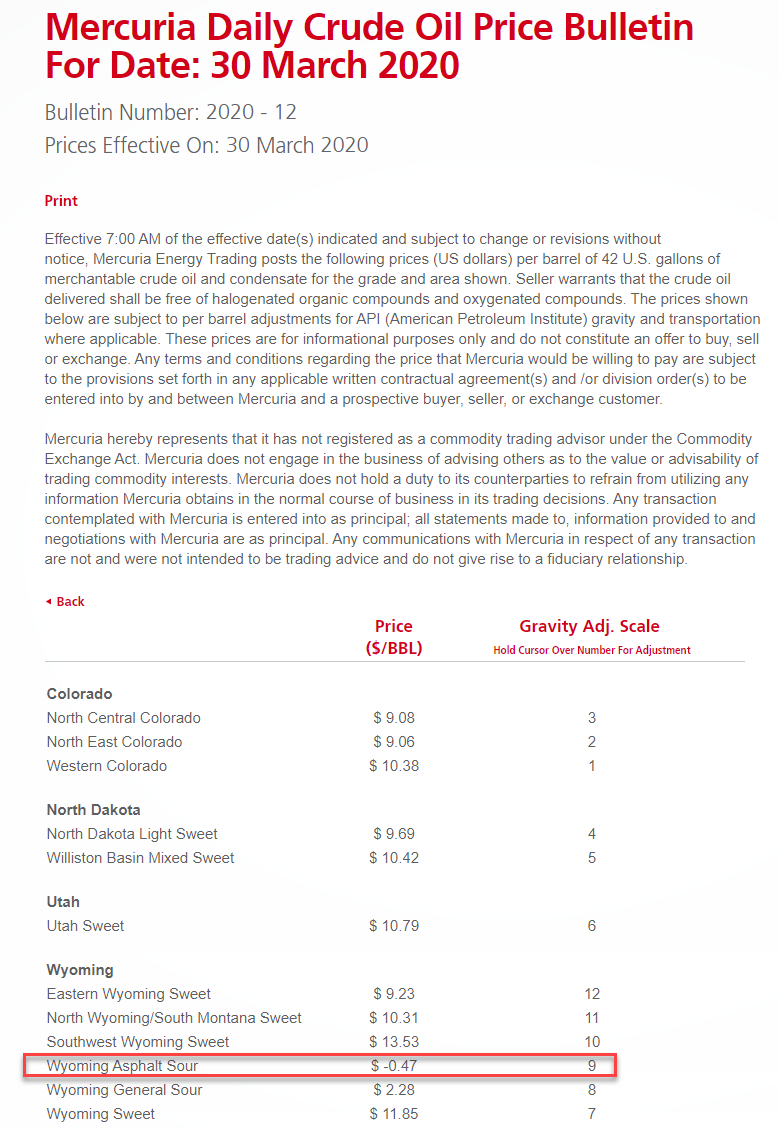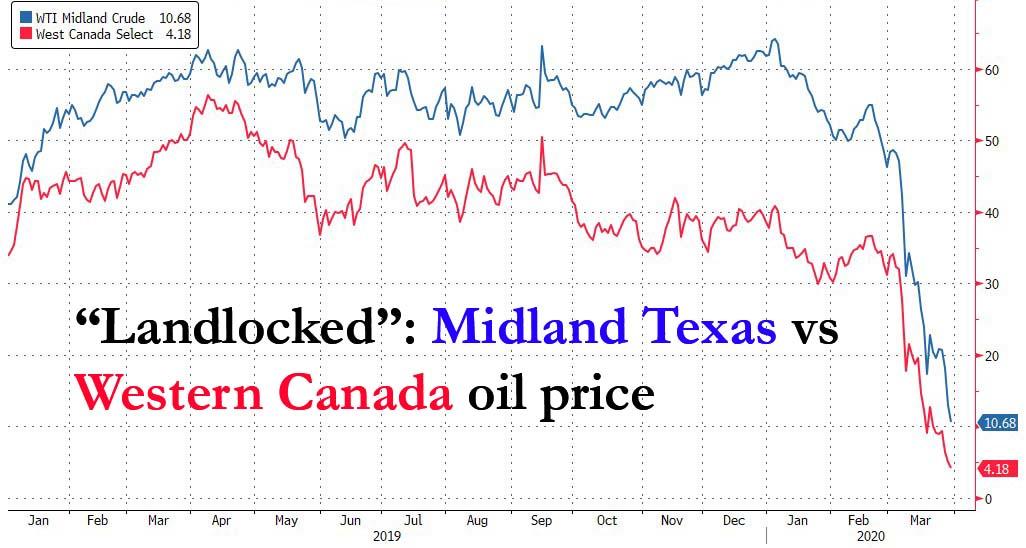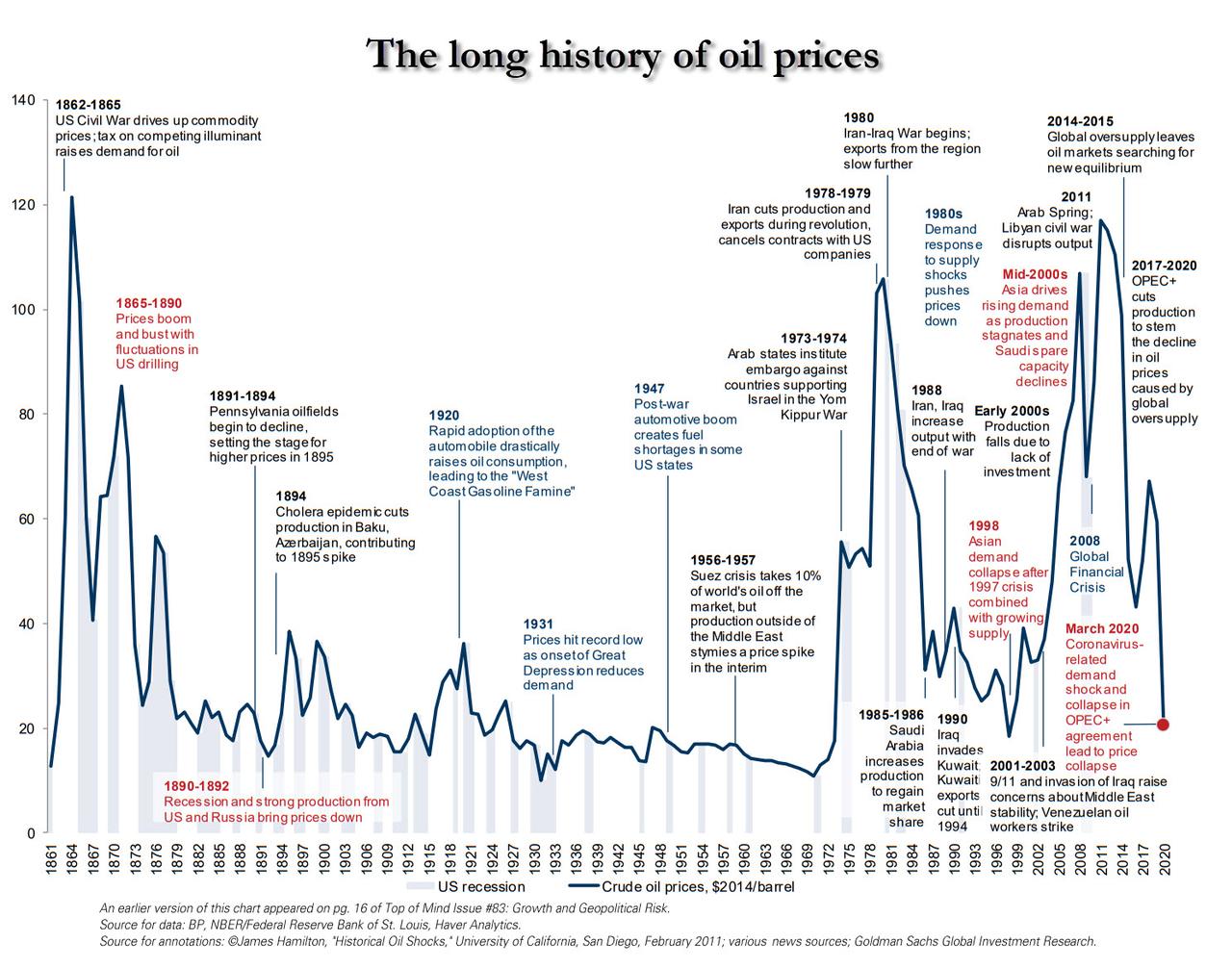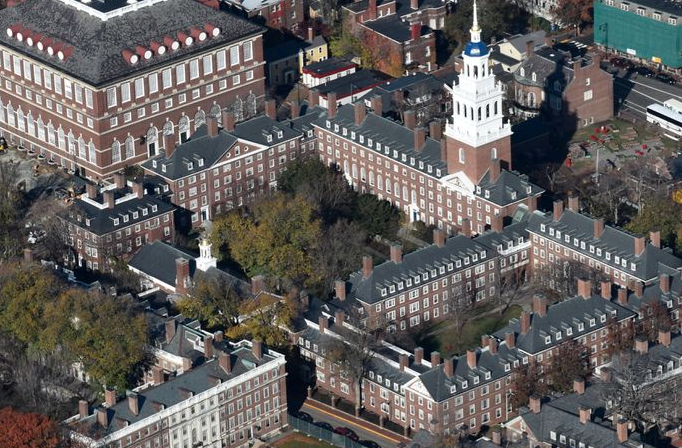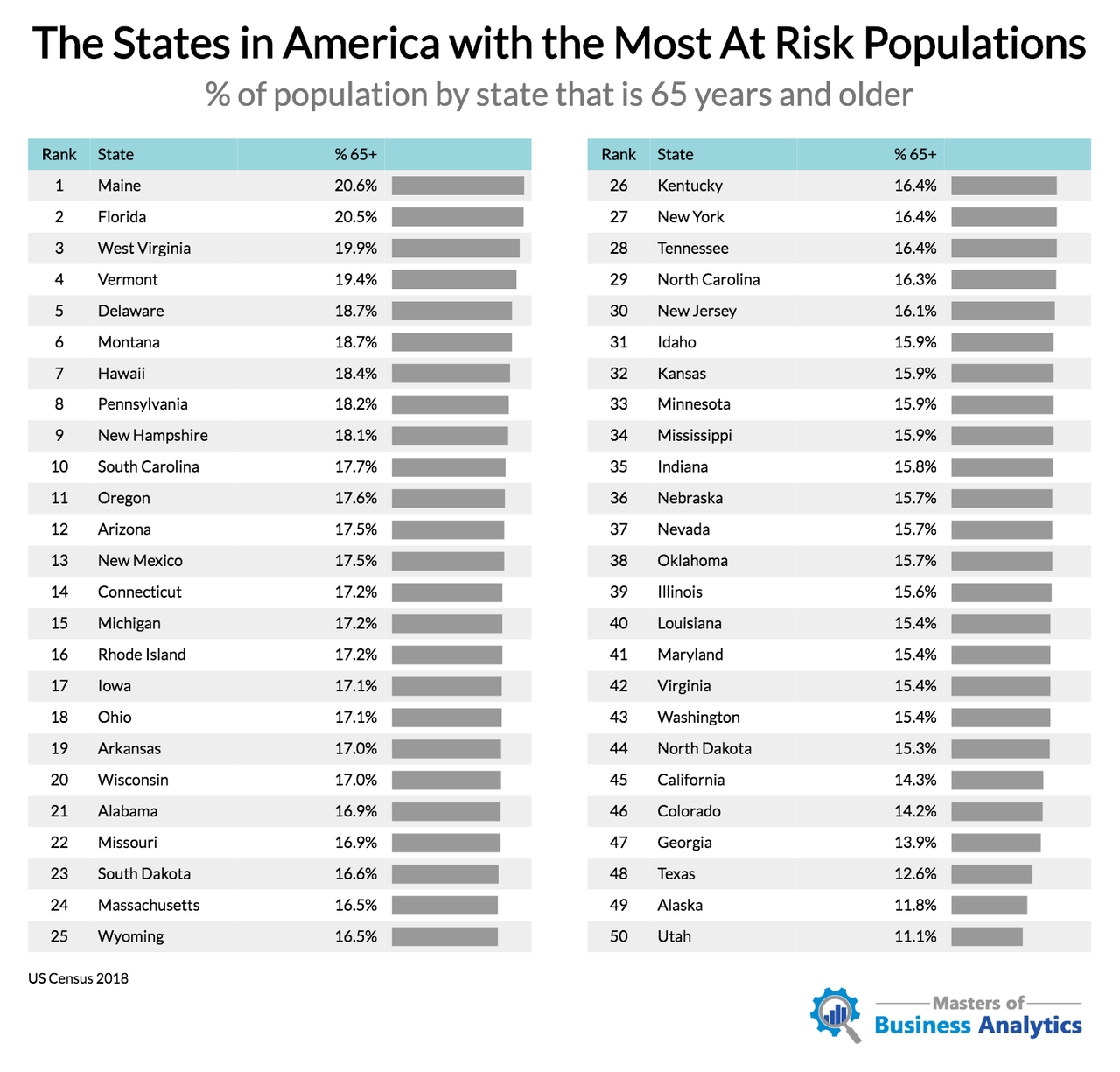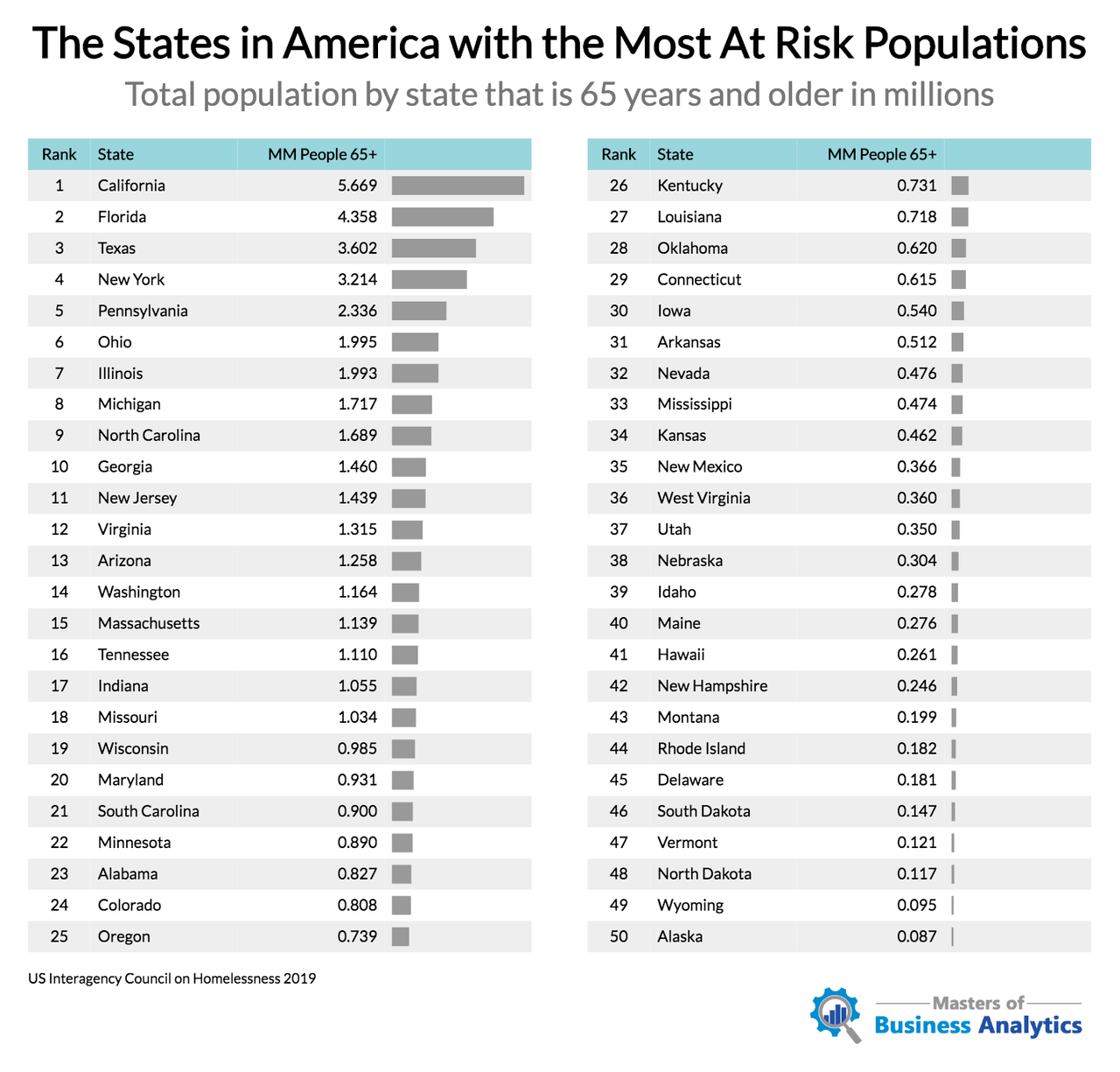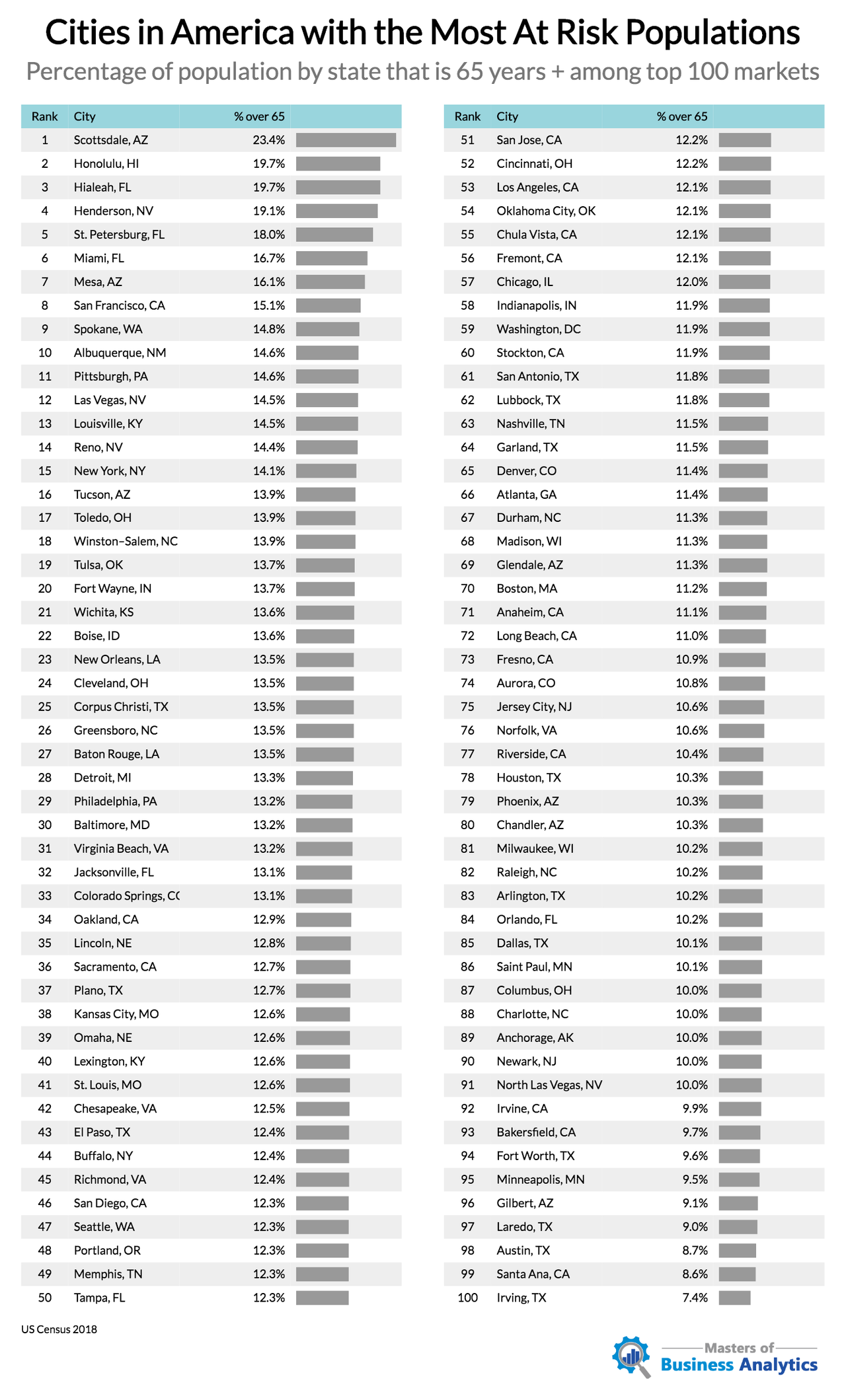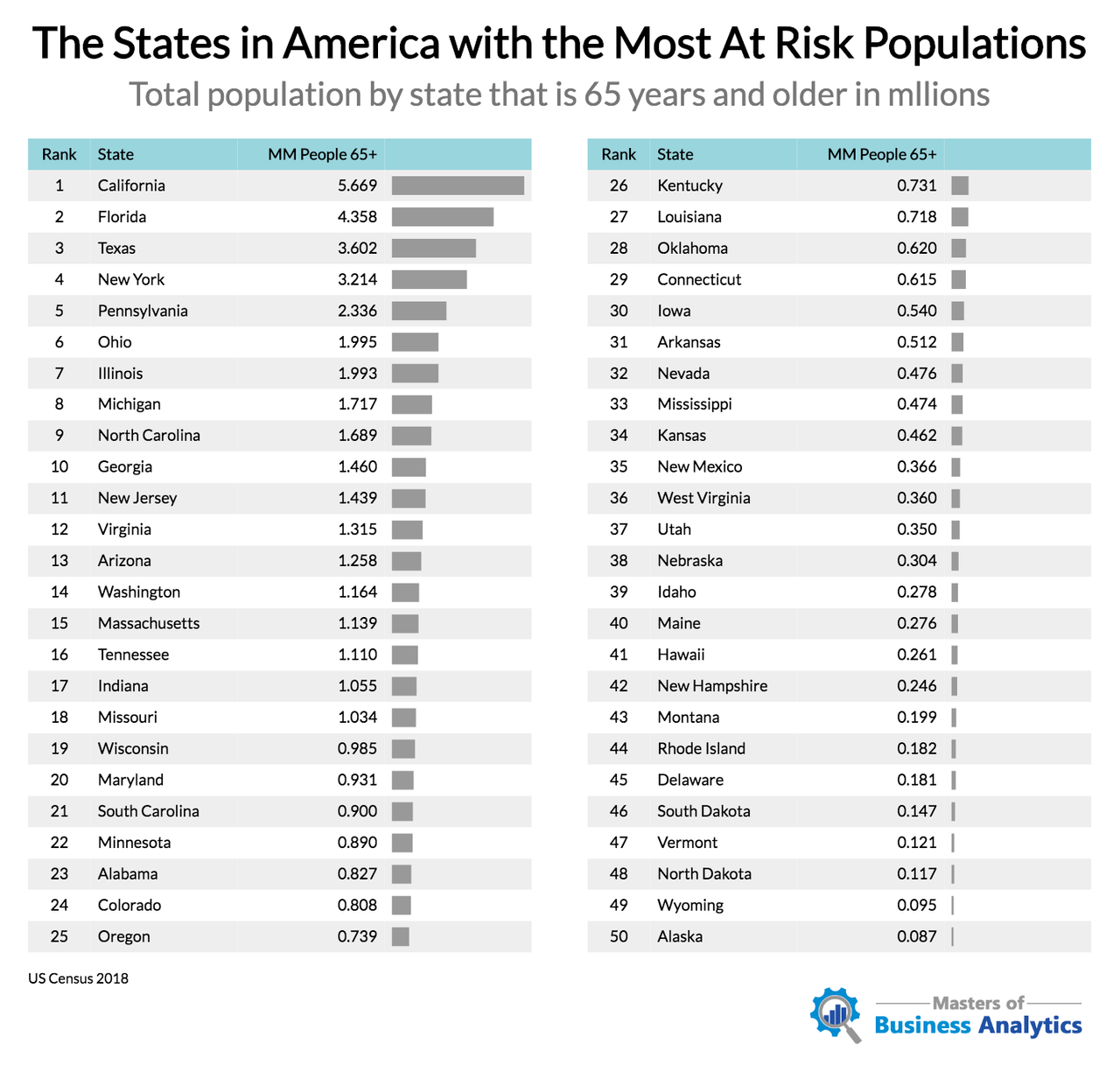Who’s Next To Fail In The Post-COVID World?
Authored by Tom Luongo via Gold, Goats, ‘n Guns blog,
As much as I hate to invoke The Ayn Rand lest I give off the impression I’m some kind of Objectivist, which I am most certainly not, the engine of the world is coming to a halt.
Money velocity has been falling for years. It is now cratering as we hide in our homes from a bug that eventually we will all have to reconcile with. Credit is the engine of the world of today.
It is the gas which fuels the engine of the world.
COVID-19 has cratered the global economy exposing the internal rot within our hyper-financialized global economy as nothing more than a pyramid of Ponzi schemes…
… piling credit on top of credit until there are no more greater fools to sell the new debt to.
That’s the system we have. And it is collapsing precisely because the world is situated at the point where there is little more productive capacity to monetize and pull that capital from the future to fund the new debt.
It won’t matter if we replace this system with pure helicopter money without debt as the Modern Monetary Theory proponents argue. We’re already doing a version of this by having the central banks buy debt they never intend to sell on the open market. So, the debt itself is without value. The money printed from those bonds is as much scrip as if the bond had never been issued.
But the time lost by people in pursuit of uneconomic ends by mispricing risk and servicing debt they are legally obligated to service is real.
The engine is sputtering as trillions are printed to kick it back over one more time. But the gas has too much ethanol in it. There’s not enough air.
The engine is dying.
And it can no longer outrun the abyss swallowing the world staring back at us saying, “Thanks for the snack, those frackers and restaurants are tasty, but I’m still hungry. Who’s next?”
I’ve been very clear that Europe is the next big meal for the Abyss.
In the end, a home builder here, an over-leveraged bank there are nice. These are but apéritifs in the grand scheme of things. They are like sugar to a starving child, revving it up but not fulfilling its real needs.
Europe’s troubles are multiplying because the basic premise of how to fight this virus and the deflation it is engendering is functionally flawed. More money dropped from helicopters isn’t the solution.
Freeing Europe from the euro is.
And it will set Italy in the post-COVID-19 world at odds completely with the rest of Europe.
Ambrose Evans-Pritchard adds more color to what happened at last week’s meeting of EU national leaders in which both sides of the fiscal divide dug in their heels.
Dutch premier Mark Rutte has become the spokesman for the hardliners – giving political cover to Germany – categorically ruling out emergency “coronabonds” or other forms of debt mutualisation. “It would bring the eurozone into a different realm. You would cross the Rubicon into a eurozone that is more of a transfer union,” he said. “We are against it, but it’s not just us, and I cannot foresee any circumstances in which we would change that position.”
Enrico Letta, Italy’s former-premier and an ardent EU integrationist, accused the Netherlands of leading the pack of “irresponsibles” and trying to “replace the United Kingdom in the role of ‘Doctor No’”. The reflexive use of the UK as a rhetorical foil evades of the true issue. It was not London that blocked moves to fiscal union over the last decade; it was Germany.
Pritchard brings up the spectre of Lega’s Matteo Salvini coming back into the picture, especially as the mood sours among even the most ardent Euro-integrationists like Italian President Sergio Mattarella.
Merkel is hiding behind her quarantine and letting Dutch Prime Minister Mark Rutte speak for her. And that is driving the Italians to the point of no return.
Giuseppe Conte’s government is at a loss to fight the virus. It was ignored by the EU when it asked for help it paid for when this began. As Pritchard points out, what purpose does the EU serve when it won’t act to help a member in need as it is supposed to do?
The answer is the EU’s purpose is to be obeyed.
Italy’s two ways out of this mess is leaving the euro or forcing the northern bloc to cry uncle. But that has to occur within the prospect of removing so many internal roadblocks to Italian economic growth, starting with the euro but entailing much wider reforms, which are most definitely not on the post-Keynesian/MMT technocrats’ agenda.
Italy’s debt numbers are a large part of the hunger of the Abyss and no amount of blackmail by them and France will get Germany to go along with bailing them out.
I discussed these issues and more at length with Alexander Mercouris of The Duran in this series of videos we recorded over the weekend (here, here, and here) in which we tie Europe’s collapse to all the other things we’re experiencing in the world right now.
Most EU economies are fundamentally hampered by the ossified bureaucracy of the EU which is an over-layer of domestic bureaucracies.
And, as such, these national systems are barely capable of acting in a coordinated manner normally, no less with the EU enforcing its fiefdoms at the same time in the face of overwhelming strain.
In all situations the primary objective of all organizations is survival. All else is secondary.
The more credible the threat the more extreme their response.
They will dig in to protect against that threat rather then fulfill their stated mission. In the case of the EU that means using this crisis as the excuse to force fiscal integration and monetary reform on those that don’t want it as a means to survive.
Because in a crisis period there is no time for such luxuries as national sovereignty. There isn’t any reflection that the organization itself is the source of the problem. The organization is a default setting.
And now both sides of the fiscal debate are seeing the other for what they are and the result will most likely be an irreparable fracturing of the European Union.
Italy has now seen the true face of the EU. Conte has now tried histrionics to get his bailout, which won’t actually solve anything, because he’s aligned with the Euro-integrationists. What his country needs is a new currency and different leadership.
But he’s held onto power because his opposition would have already broken with the EU.
Like the obsequious worm that he is, instead of doing the right thing, issuing mini-BOTs, to free up domestic liquidity issues, Conte is looking at putting up the whole of the Italian government’s holdings as collateral against new debt to pay for stimulus of Einsteinian proportions.
This is the ultimate sellout of Italy to the EU. As a proposal it is the ultimate betrayal of the Italian people. These buildings and infrastructure are their legacy and they will be sold as collateral to loan sharks as opposed to reclaiming their national dignity.
There is no market for these bonds. So,who will buy them? The ECB.
Who then owns all of this property, ultimately?
The ECB and therefore the EU.
This is a proposal designed for Merkel to take back to home to the Bundestag and sell to the German people. If they bail out Italy, they will get something in return for their risk.
It’ll be just like they did with Greece in 2015, except then it was Germany forcing this upon them rather than the satrap Italian government offering themselves up like lambs.
But even with this desperation attempt to find buyers for their debt, Italy is facing a bleak future without serious reform.
And the odds are about equal at this point as to whether Germany or Italy breaks the EU. Because neither side can live with the other under the other’s terms.
At it’s core, however, this fight is a symbolic one over the continued belief that government can provide the solutions to our problems rather than being the source of them in the first place.
Socialized markets with bureaucratic controls are incapable of reacting in real time to swiftly changing conditions. No amount of helicopter money will change that. No amount of taxation as social engineering tool will create preferred outcomes.
Because remember when you advocate for things like that, you’re putting in charge of those taxes the same people who are mismanaging them now. Our governments aren’t staffed and run by angels. These are the same misinformed, mal-educated, biased, myopic, flawed people as everyone else.
In short, they are human.
And they have the same pretense to knowledge everyone else does. And they will make the same mistakes as everyone else. Under the pressure of outrunning the Abyss the character of the people in charge of the money reveals itself.
All that does is create the false signal of stability while perpetuating systems that are wholly inadequate to the job. COVID-19 has exposed them ruthlessly.
And still the Abyss stares back, like an implacable kidnapper, demanding its payday. Because there is no escaping the it.
So, while you can chuck funny money in there for as long as you want it doesn’t create value. It doesn’t produce sustainable outcomes. It produces theft and graft, it extends the grift, bails out the unproductive and punishes those that honestly went about their business.
Digging holes and filling them in doesn’t produce wealth anymore than breaking a window stimulates aggregate demand for glass.
It just creates an accounting fiction which costs twice as much as having not dug the hole or broken the window in the first place. It may delay the Abyss from swallowing you until tomorrow.
Until, of course, you run out of time.
And then there won’t be enough credit in the world to keep the engine of the world from sputtering and dying. That’s when real leadership is needed.
* * *
Join my Patreon if you don’t want to stare into the Abyss. Install the Brave Browser if you want to help keep the Abyss at bay.
Tyler Durden
Wed, 04/01/2020 – 05:00
via ZeroHedge News https://ift.tt/2UL74mo Tyler Durden

